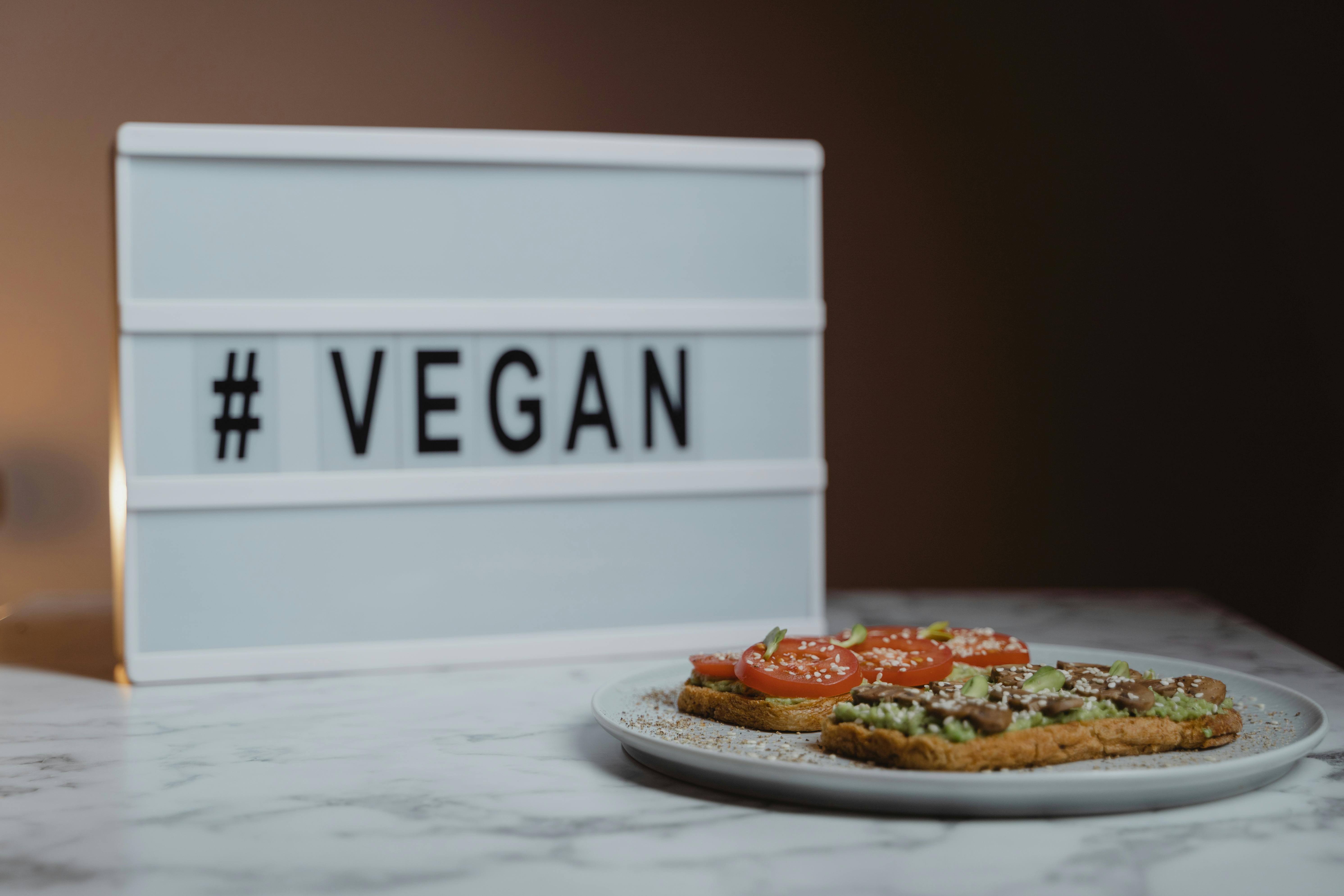Essential Guide to How to Tan Safely - Discover Proven Methods for Healthy Skin in 2025
As the sun's rays beckon us to bask in their warmth, understanding how to tan safely has never been more essential. Tanning can evoke a sense of beauty and confidence, but achieving that golden glow comes with responsibilities. With proper precautions and knowledge, you can enjoy the benefits of tanning while minimizing skin damage. This guide explores everything you need to know about safe tanning methods, sun protection, and healthy habits for a gorgeous tan without compromise.
Throughout this article, we will discuss the importance of sun protection and effective tanning tips to help you achieve a safe and sustainable tan. Additionally, we will cover the various tanning methods and products available today, providing an all-inclusive roadmap to safe sun exposure for different skin types. By the end, you'll be equipped with valuable insights for making confident tanning choices that promote your skin's health.

Essential Practices for Safe Tanning
Understanding your skin type and how it reacts to UV radiation is vital to achieving a safe tan. By being informed about your skin's needs, you can significantly reduce your risk of skin damage. Always consider factors such as the current UV index, your skin's natural pigmentation, and your tanning history.
Know Your Skin Type and Tanning Potential
Different skin types react uniquely to UV exposure. Those with fair skin, for instance, have a higher risk of sunburn compared to those with darker complexions. Learning your skin type helps tailor your tanning approach effectively. Generally, those with fair skin will benefit from shorter tanning sessions and higher SPF, while those with darker skin tones may have more flexibility.
Understanding the UV Index
The UV index quantifies the strength of UV radiation on a given day. Monitoring this index can guide you in selecting safe tanning times. It is advisable to avoid tanning during peak UV times, usually between 10 AM and 4 PM, to minimize your exposure to harmful UV rays. Plan your tanning sessions around the UV index to achieve a safe and beautiful tan while protecting your skin.
Effective Use of Sunscreen
Applying sunscreen is one of the most crucial tactics in safe tanning. Use a broad-spectrum sunscreen with an SPF of at least 30, preferably water-resistant, to protect your skin from both UVA and UVB rays. Reapplication is critical, especially if you are swimming or sweating. Aim to use approximately one ounce (about a shot glass full) for full-body coverage.
Elevating your sun protection strategies not only helps achieve a golden glow but minimizes risks associated with prolonged sun exposure. Next, let's dive into practical tanning techniques that enhance your experience and success.
Proven Tanning Techniques for Natural Results
Whether you're looking to tan outdoors or indoors, various effective tanning techniques exist that can suit your lifestyle. Incorporating natural methods, understanding tanning products, and observing successful application techniques will guide you to your ideal tan without skin damage.
Outdoor Tanning Tips
Outdoor tanning can be enjoyable, but timing and safety practices are key. Begin with short sessions, gradually increasing your exposure time as your skin acclimates. Start with 15 to 30 minutes and note how your skin reacts. It’s essential to move around to ensure an even tan and avoid those noticeable tan lines.
Indoor Tanning Safety
For those who prefer indoor tanning, ensure strict adherence to safety measures. Tanning beds can expose skin to harmful UV radiation, amplifying the risk of skin damage. Use protective eyewear and limit sessions to avoid overexposure. Stay informed about the regulations surrounding tanning salons in your area to make educated choices.
Utilizing Self-Tanning Products
Self-tanners are a popular alternative that allows you to achieve a bronzed look without the sun. From gradual tanning lotions to foam products, these solutions are virtually risk-free. Choose self-tanners that contain DHA (dihydroxyacetone) as an active ingredient for optimal results. Follow the application instructions carefully to avoid streaking, and exfoliate before applying for a smooth finish.
By integrating these techniques into your tanning routine, you can obtain a healthy glow while minimizing risks. Continue reading for after-sun care and maintenance tips to ensure your tan lasts while keeping your skin healthy.
After-Sun Care for Maintaining a Healthy Tan
The care you provide your skin after tanning is just as essential as the preparation before sun exposure. Proper after-sun care can extend the life of your tan while maintaining skin hydration and preventing peeling or excessive dryness.
Moisturizing for Sustained Glow
Investing in quality moisturizers is vital in after-sun care. Post-tan hydration prevents the skin from drying out, which can cause your tan to fade prematurely. Look for products that are rich in aloe vera or Vitamin E, as these ingredients provide excellent hydration and support skin repair.
Skin Sensitivity and Reactions
After tanning, your skin may experience sensitivity. Pay attention to any unusual reactions such as redness or irritation. Use gentle cleansers and avoid products containing alcohol or harsh chemicals, which can worsen sensitivity. Implementing these methods will ensure a pleasing post-tan experience.
Understanding Sunburn Signs
Despite taking precautions, many still experience sunburn. Recognizing the signs of sunburn early can prevent further complications. Symptoms include redness, heat, and pain. If sunburn occurs, cool compresses and soothing aloe gels can provide relief. Seek medical assistance if severe blisters develop.
Following after-sun care guidelines will enhance your tanning experience and promote skin health. Next, we will explore common tanning myths and effective strategies to ensure you are well-informed.
Tanning Myths Debunked: What You Need to Know
With various information circulating about tanning, it's essential to distinguish between fact and fiction. Understanding the reality behind commonly held tanning myths can influence your approach to achieving a safe tan.
Myth: Tanning Safely Means No Sunscreen
A prevalent misconception is that you can achieve a safe tan without sunscreen. This is untrue! Protective measures, including sunscreen application, are fundamental in preventing skin damage. Always apply sunscreen for the best and safest tanning results.
Myth: Tanning Can’t Be Done Safely
Another myth suggests that tanning can never be safe. However, with proper care, education, and awareness of your skin type, you can enjoy tanning responsibly. Utilizing sunscreens, timers for sun exposure, and monitoring UV levels are great ways to indulge in responsible tanning.
Myth: Indoor Tanning Is Safer Than Sun Tanning
Some believe that indoor tanning is a safer alternative, but it's important to remember that tanning beds expose users to concentrated UV rays. Always practice caution and moderation when using tanning beds or consider more natural alternatives.
Disproving these myths helps enhance your tanning knowledge and practices. Now let's explore how to personalize your tanning experience for different skin types.
Tailoring Tanning Practices to Your Skin Type
Understanding your skin type is crucial in developing personalized tanning practices. Not all skin responds the same way to sunlight; therefore, customizing your approach according to your complexion will lead to safer and more satisfactory tanning results.
Fair Skin Considerations for Tanning
If you have fair skin, focus primarily on building your tan gradually to minimize burning risks. Opt for light tanning oils with lower levels of UV exposure initially, and ensure diligent sunscreen application. Limiting exposure to shorter sessions will help you manage your tan while protecting your skin.
Medium Skin Tanning Strategies
Individuals with medium skin tones may adopt a more flexible tanning schedule. Such individuals can typically manage longer sun exposure without burning. However, sun protection remains vital, as prolonged exposure can lead to sun damage. Opt for moderate SPF sunscreen and consider incorporating gradual tanning lotions to enhance your color.
People of Color: Safe Tanning Approaches
Those with darker skin tones often believe they don't need sunscreen, but this can lead to skin issues. While melanin offers some natural UV protection, the risk of skin damage still exists. Always apply sunscreen and ensure you maintain skin hydration throughout your tanning journey.
By tailoring your tanning methods based on skin type, you can enhance your results while protecting your skin effectively. Now, let's discuss how to avoid common pitfalls while tanning.
Avoiding Common Tanning Mistakes
Even the most seasoned tanners make mistakes. However, understanding common errors can help refine your tanning routine. From improper application to inadequate aftercare, recognizing these pitfalls will enhance your tanning experience.
Neglecting Pre-Tanning Skincare
Skipping pre-tan preparation can lead to uneven coloration. It's crucial to exfoliate before tanning to remove dead skin cells, which can prevent a smooth application of tanning products. Ensure you begin with hydrated, well-treated skin for optimal results.
Overexposing Skin to UV Rays
Participants often overlook timing, spending excessive hours in the sun or in a tanning bed. Too much exposure can lead to burns and long-term damage. Adhere to suggested time limits according to your skin type, and always reapply sunscreen as necessary.
Ignoring Aftercare Routines
Proper skin care post-tanning is just as important as preparation. Neglecting after-sun care routines can diminish your results quickly. Make sure to keep skin hydrated and avoid exfoliation for a few days to allow your tan to set. Use soothing products to maintain healthy skin.
By avoiding these common mistakes, you'll achieve a more enjoyable and effective tanning experience. Let’s move to the Q&A section where we address some frequently asked questions and concerns.
Q&A: Common Questions About Safe Tanning
How often should I tan to ensure safety?
For most skin types, allocate around 1-2 tanning sessions per week, depending on skin tolerance. Always listen to your body and ensure proper protective measures are in place.
Can I still get a tan on cloudy days?
Yes, UV rays can penetrate clouds, meaning you can still tan even when it’s overcast. Therefore, always wear sunscreen regardless of the weather conditions.
What are the signs of overexposure to UV rays?
Signs to look out for include redness, swelling, pain, and peeling skin. If you notice these symptoms, it's essential to treat your skin with care and avoid further sun exposure until healed.
Are self-tanners safe for all skin types?
Yes, most self-tanners are safe for use across various skin types. However, individuals with sensitive skin should perform a patch test prior to full application to ensure compatibility.
How can I maintain my bronzed look once I've achieved it?
Maintaining a tan requires consistent moisturization and re-evaluation of tanning methods. Hydrate daily and avoid long hot showers. Gradual tanning lotions can help prolong your bronzed glow.
The journey to achieving the perfect tan while ensuring skin health is attainable with proper knowledge and practices. Embrace the sun responsibly, equipped with the best techniques and tools for a safe, beautiful glow.

For further insights on maintaining a healthy glow and sunscreen usage, feel free to explore the detailed articles linked here: Understanding Tanning Oils and Guide to Sun Protection Strategies. Enjoy your tanning journey safely!
